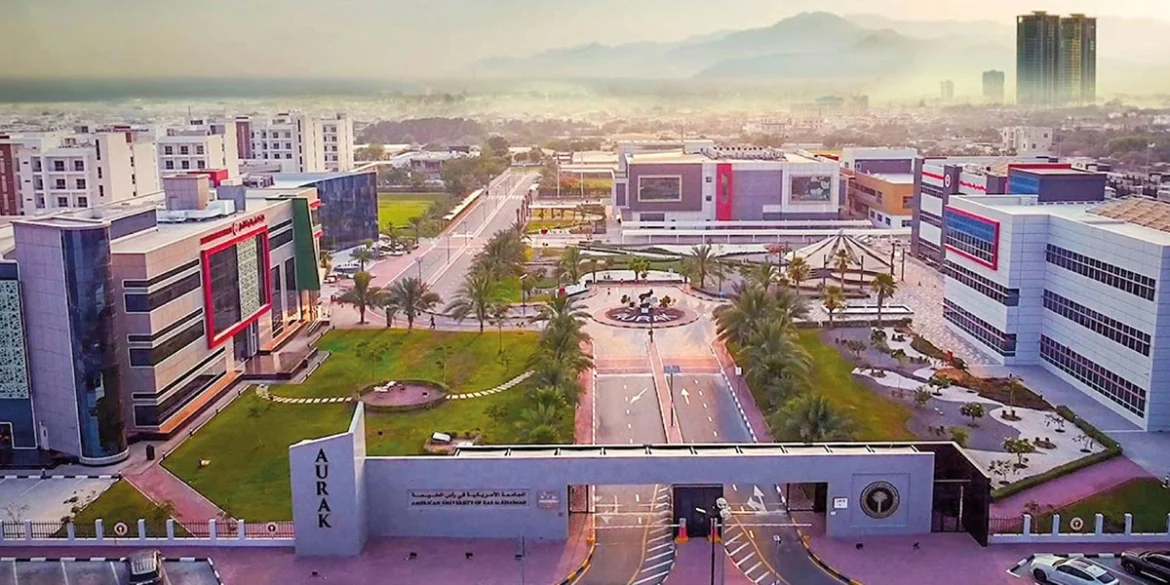A new academic study published in the journal Information (MDPI) highlights how Educational Cyber-Physical Systems (ECPSs) could reshape higher education by combining digital technologies with traditional classroom settings.
Hybrid learning approach
The research, titled Educational Cyber-Physical Systems (ECPSs) for University 4.0, was led by Dr. Khouloud Salameh, Associate Professor of Computer Science at the American University of Ras Al Khaimah (AURAK), along with four researchers from the University of Pau and the Adour Region in France.
ECPSs work by integrating physical classroom elements with sensors, artificial intelligence, and real-time data through the Internet of Everything framework. This allows instructors to monitor student engagement and progress while enabling immediate feedback and intervention.
Improving student outcomes
The study explored how ECPSs can help address common challenges in higher education, such as student disengagement and unequal access to learning tools. By offering data-driven insights into individual student performance, the system supports early intervention and personalized learning.
According to the research, both in-person and remote learners benefit from the same level of access and collaboration. Each student receives a personal dashboard, promoting independent reflection and learning ownership.
Professor Khalid Hussain, Provost at AURAK, said: “In today’s challenging times, we are delighted to be part of a global study that demonstrates how smart hybrid learning is the most effective way of tackling the challenges faced by higher education institutions. The findings will help universities to make learning more student-focused and dramatically personalised, while ensuring inclusive and equitable participation.”
Tested during lockdown
The research was carried out during the COVID-19 lockdowns, using a hybrid IP telephony course with 54 students. The system allowed instructors to track learning activities, identify errors, and support students across multiple locations. Data logs and real-time dashboards were used to guide instruction and improve outcomes.
Dr. Khouloud Salameh noted: “COVID-19 provided the right impetus for this study. Through this research, we showed how ECPSs could monitor and analyze student activities in real time, creating a connected and intelligent learning environment. ECPSs integrate people, devices, services, and data through the Internet of Everything framework. By doing so, they enable continuous feedback loops that guide and adapt teaching. This makes the classroom more dynamic, data-informed, and responsive to student needs.”
Preparing for future industries
The study also links ECPSs with broader trends in workforce readiness, especially for Industry 5.0. The systems help students develop skills in collaboration with intelligent systems, adaptability, and data-based problem solving — qualities increasingly valued in modern workplaces.
By making learning more responsive and inclusive, the researchers argue that ECPSs offer a promising direction for the next phase of digital transformation in education.

